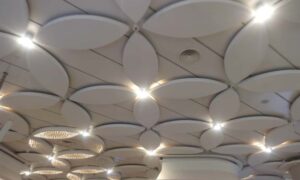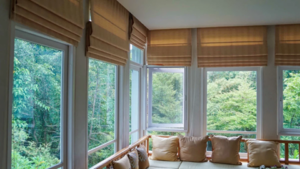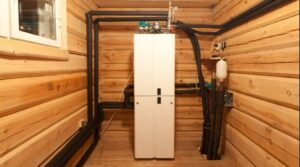The Durability Debate: Assessing the Longevity of Self-Adhesive Floor Tiles
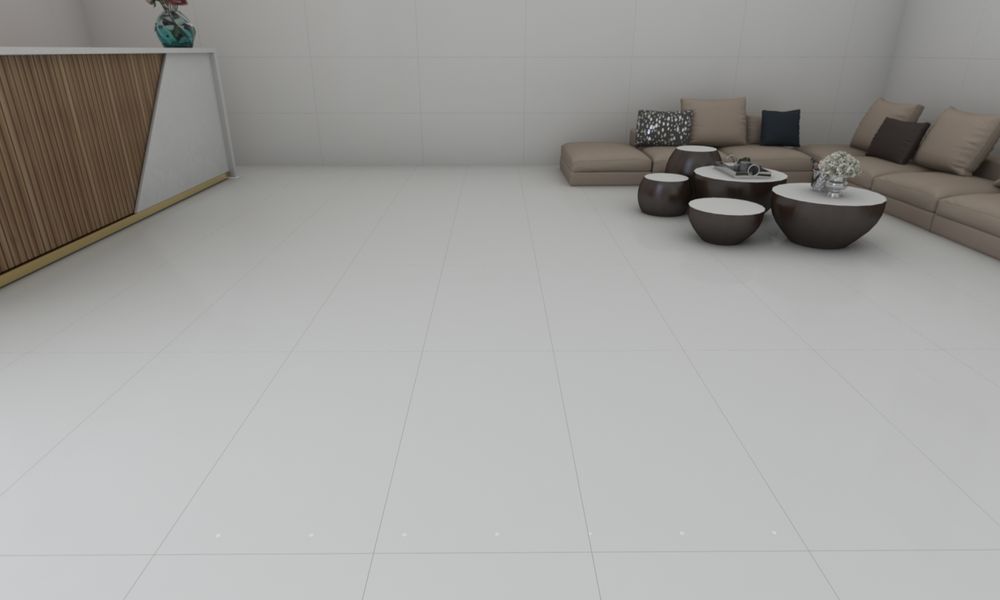
When considering new flooring options, durability is often a top concern, especially in homes bustling with activity. Self-adhesive floor tiles, known for their ease of installation and cost-effectiveness, also bring questions regarding their longevity. Let’s delve into how these convenient tiles stack up in the durability debate and whether they can truly stand the test of time in busy households.
Understanding Self-Adhesive Floor Tile Durability
Self-adhesive floor tiles are designed with convenience and simplicity in mind, but how do they fare under constant foot traffic, spills, and the general wear and tear of daily life?
Composition and Wear Layer
The key to the durability of self-adhesive tiles lies in their composition. Most modern options are made from vinyl or a vinyl composite, which includes a protective wear layer. This layer is crucial as it defends the tile against scratches, stains, and fading, ensuring the design remains vibrant and intact over time.
Thickness Matters
Generally, the thicker the tile, the more durable it is. Thickness can vary greatly among self-adhesive tiles, so selecting a thicker option can be a smart choice for high-traffic areas. Thicker tiles not only offer better insulation and comfort underfoot but also tend to withstand the rigours of daily life better than their thinner counterparts.
Installation Impact on Longevity
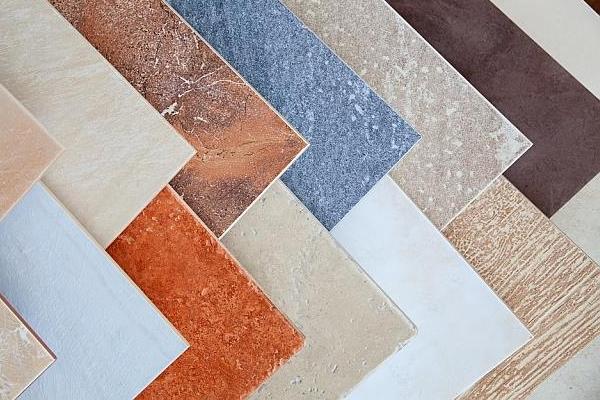
The longevity of self-adhesive tiles can be significantly affected by how they are installed. Proper installation is pivotal to ensuring these tiles last as long as possible.
Correct Preparation
Properly preparing the subfloor is paramount. The surface needs to be clean, dry, smooth, and free of any debris to prevent bumps or gaps that could cause the tiles to lift or wear unevenly.
Alignment and Adhesion
Careful alignment is essential to avoid gaps or overlaps, which can lead to peeling edges and trapped moisture. Ensuring each tile is firmly pressed down can help secure the bond between the adhesive and the subfloor, reducing the likelihood of tiles shifting or curling at the edges.
Environmental Factors Affecting Durability
The environment where the tiles are installed can also play a significant role in their longevity. Temperature fluctuations, moisture levels, and exposure to sunlight can all influence how well self-adhesive tiles hold up over time.
Moisture Resistance
While many self-adhesive tiles are water-resistant, constant exposure to moisture can weaken the adhesive, leading to tiles lifting or warping. Rooms with high humidity levels or direct contact with water might require additional sealing or consideration of another flooring type.
UV Exposure
Prolonged exposure to sunlight can cause fading or even warping in some cases. If installing self-adhesive tiles in sunny areas, it’s wise to choose tiles specifically designed to resist UV damage.
Maintenance and Care
How you care for your self-adhesive floor tiles can also impact their durability. Fortunately, these tiles are quite low-maintenance, which contributes to their longevity.
Regular Cleaning
Keeping the floor clean not only maintains its appearance but also prevents grit and debris from wearing down the surface. Regular sweeping and occasional mopping with a mild cleaner are usually sufficient.
Immediate Spill Clean-Up
Promptly dealing with spills can prevent stains and slipping hazards, and protect the adhesive bond. Using gentle cleaning products and avoiding abrasive tools will help preserve the integrity of the wear layer.
Conclusion
While self-adhesive floor tiles offer a convenient and cost-effective flooring solution, their durability largely depends on the quality of the tiles, proper installation, and regular maintenance. With the right care and conditions, these tiles can serve as a resilient and attractive flooring option for many years, making them a viable choice for those looking to balance ease, style, and durability in their home renovations.

